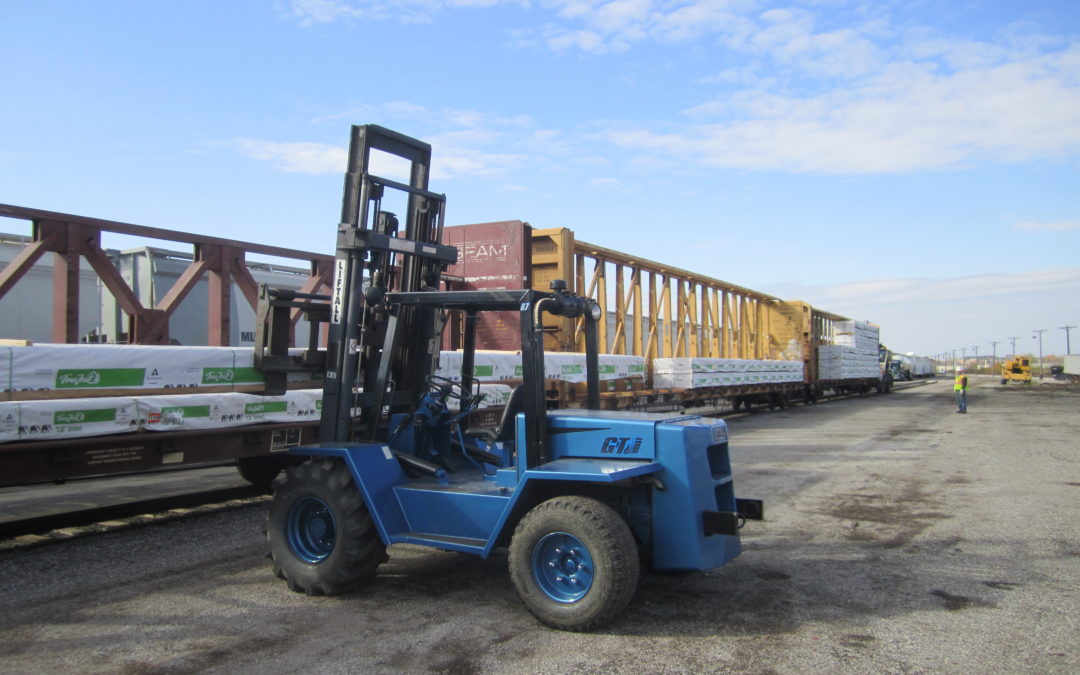The most important element of every transloading job is safety. Whenever you are near railways or heavy equipment, your first and last thought should be safety. That’s why the Federal Railway Administration (FRA) has established strict guidelines to protect workers during the rail transloading process. However, there are a number of dangers involved in the transloading process not covered by official rules and regulations. Though rail shipping is significantly safer than other types of freight transport, the transloading process still presents a number of opportunities for misfortune. Consider these safety principles when you are on a transloading job site.
Like any activity involving manual labor, loading and unloading cargo is inherently dangerous. Repetitive strain injuries are common in railway workers who are not properly equipped and trained to perform their tasks ergonomically. It’s important to work with safety experts to ensure tasks are being performed in a safe manner.
A rail car’s cargo may also present an unexpected safety hazard. Each type of hazardous cargo requires different protocols to ensure workers are safe at all times. Consider whether the cargo which is being transloaded is dangerous to inhale or touch. Will workers have to climb on top of tank cars and are they equipped to do it safely? Each product should be carefully researched before beginning the transloading process.
Safety risks can never be eliminated, but they can be mitigated. Practicing safe rail transloading procedures will protect you and your workers from preventable accidents. If you have questions about how G&T Enterprises can help you practice proper railway safety, contact us today.


Recent Comments